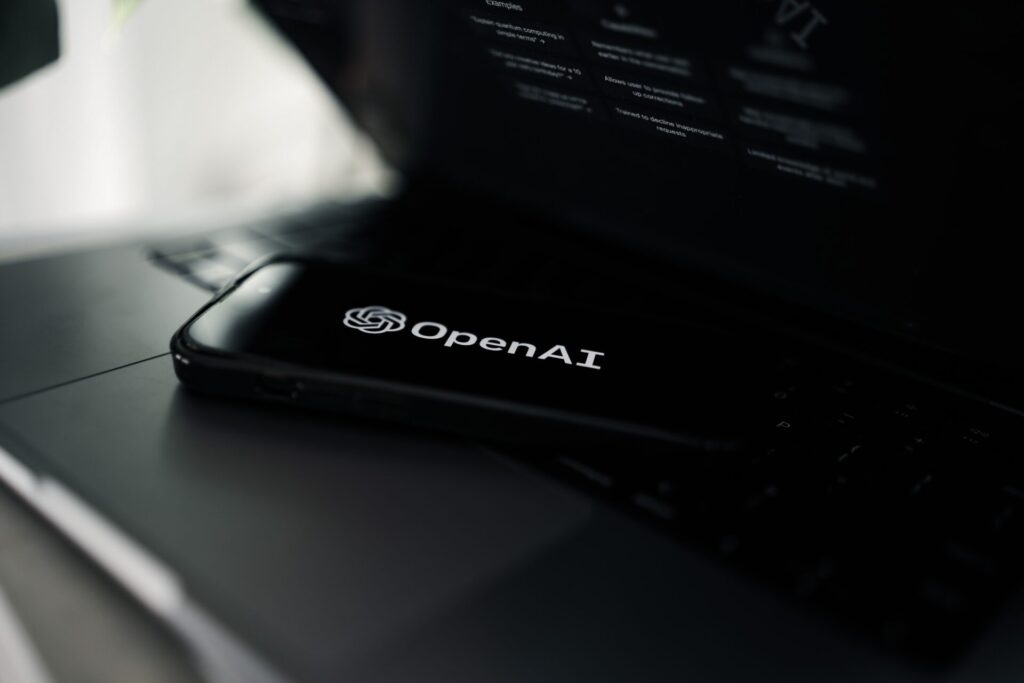
In the two brief months since its launch, ChatGPT has already become the fastest growing app in history. Being used to deliver everything from news articles, quizzes and essays through to a variety of sophisticated search interfaces, it’s been hailed as an industry disruptor that will make endless professions obsolete and even threaten to rattle the likes of Google.
Pretty impressive stuff for what is, essentially, a chatbot.
ChatGPT and other new generative AI tools clearly represent a noteworthy evolution in the sophistication of AI as a technology and the capabilities that “off-the-shelf” solutions can offer. However, as with any trend that comes with so much fanfare it’s important to sort the facts from the hype. Results so far are certainly far from perfect, given the number of highly publicized errors, suggesting that AI likely isn’t ready for world domination just yet.
Still, the global AI market is projected to reach USD $1394.30 billion by 2029 and the transformative technology was on every top executives’ lips at this year’s World Economic Forum in Davos for good reason. The launch of ChatGPT has been a seminal moment and served at the very least to capture our collective imagination at where this technology may lead next.
We already know that AI has near endless use-cases which will continue to morph alongside the sophistication of the technology, but what about the big picture? Here are three predictions on what hype surrounding ChatGPT signals for the future.
More specialized university courses and graduates will emerge
Next, the launch of ChatGPT has shown us how many questions still exist when it comes to the implementation of advanced AI technology.
We’ll see a spike in AI-related university courses, but these won’t be limited to the computer science department. The future of AI will touch on everything from economic theory and business management to public policy and law, meaning future graduates need to be better equipped with specialized courses that equip them with comprehensive theory that can manage the future of this technology.
In good news, the wheels for this change are already in motion: Stephen A. Schwarzman donated $5 million to Harvard Business School to help shape the future of AI in a way that benefits the public interest and a staggering $188 million to Oxford University to support research into the ethics of AI.
Such sizable donations like these highlight the importance of AI-related courses across all fields of study to help us develop regulation laws, competitive advantage regulations and everything in between as this transformative technology continues to take hold.
AI will become commonplace in the arts
Cultural mediums have always been used to dive into the potential impact that technologies will have on society, and AI has been a recurring character for years.
For example, the movie Her explores a lonely writer who falls in love with an operating system scarily adept at adjusting to create the perfect partner for the protagonist. Likewise, in Black Mirror’s episode “Be Right Back,” a widow receives a clone of her deceased husband that uses chat-bot-like technology to build an AI model based on his online data record. These references are from the last decade but ring ever more eerily true given the launch of ChatGPT.
But beyond seeing more instances of movies predicting where advanced computing may lead society in the decades to come, it’s highly likely that we’re going to see a continued increase in AI being used as a production tool across the arts.
Image generating AI has already been producing some weird and wonderful results when incorporated into art projects, like these spine-tingling recreations of the Met Gala.
Following ChatGPT we’re likely to see a revamped interest in exploring where this technology could take us and an increased integration of the technology into the creative process itself for some weird and wonderful results.
That said, generative AI has come under serious scrutiny from the arts community in recent months, as felt by the recent digital arts winner of the Colorado State Fair and general discourse on how closely any AI-generated art strays into the territory of plagiarism by default as the technology must have some kind of source material to work with.
Yet once any form of progress reaches a certain level of momentum and usability it can only be contained for so long. The fear mongering around AI-generated art is likely due to it being so new but it’s as much a tool in art as it is in business. Chat-GPT can’t run a company in much the same way that Dall-ee 2 couldn’t graduate with a degree in the arts unaided.
In the future, generative AI will become as familiar as Photoshop or Illustrator as a tool that’s used by artists to take care of repetitive tasks like editing and elevate the production process into exciting new territory with their expert creative guidance.
A new breed of AI business consultant will emerge
The rush is on among tech companies large and small to add the latest hot AI technology into their products and services. Yet given the tech’s impressive capabilities and noteworthy shortcomings, AI consultants will become increasingly necessary.
For example, a business could hope to use ChatGPT to support its online customer service chat. But, as Bing found during the beta launch of its ChatGPT-driven search interface, the software hasn’t been consistent, building curious shadow personalities and arguing with users to name a couple of examples.
Companies need to be sure that any AI solution being used to support real business processes can be trusted. In future, working specialized AI consultants who are well-versed in both the technology and considerations for practical implementation will offer significant business value and become as commonplace as seeking expert legal or financial advice.
We’re already seeing a rise in the large multinationals seeking expertise to help smooth the integration of new AI use cases, such as Coco-Cola’s collaboration with Bain for AI consultancy.
In tandem, we’ll see a rise in AI-specialized business consultancies to meet this demand across sectors. Nisum, an international technology developer has recently announced a new partnership with Databricks to drive business transformation leveraging AI technology and data-oriented analytics to prepare for this future and ITRex helps Fortune 500 companies and startups launch breakthrough AI products, apart from automating operations, boosting customer experiences, and supporting smart decision-making.
The AI progress challenges we can’t ignore
In Stephen Hawking’s posthumously published book, Brief Answers to the Big Questions, he notes that “the short-term impact of AI depends on who controls it, the long-term impact depends on whether it can be controlled at all.”
For this reason, there are a number of areas we need to monitor as this technology develops:
It’s been well-documented that AI products are prone to bias due to the developers who built the software or the data sets that they’re training from. If we don’t address this reality, the problem will only compound as the technology scales. To make AI as valuable as possible for society, diversity will need to be improved from the earliest stages of development through to the rules and regulations surrounding its use in the private and public sectors.
Next, the legal and protective implications with regards to AI are likely to be much trickier to unpack. On the one hand, the technology is so transformative that our current policies and frameworks when it comes to fair practice, competitive advantage, data control and IP ownership are unlikely to suffice the more widespread AI becomes in everyday usage. Here, the aforementioned focus on bringing AI ethics and law into prominence at our educational institutions will be crucial to manage this going forward.
Finally, there are still a number of technical question marks on how AI performs and delivers its results. For example, the so-called “black box algorithm” in which inputs and processes are hidden from public view, and “black box” results in which even the developers can’t explain how the software managed to reach a conclusion are both great examples of this in action. If we hope to give AI more responsibility in future the presence of unexplainable decisions in algorithms must be solved.
With over 100 million users and counting, ChatGPT has already become one of the most seminal product launches we’ve seen in recent decades. While the jury is still out on just how disruptive generative-AI will be in the near-term, it has shown us that we’re just scratching the surface when it comes to where, and how, we use AI in the future.




